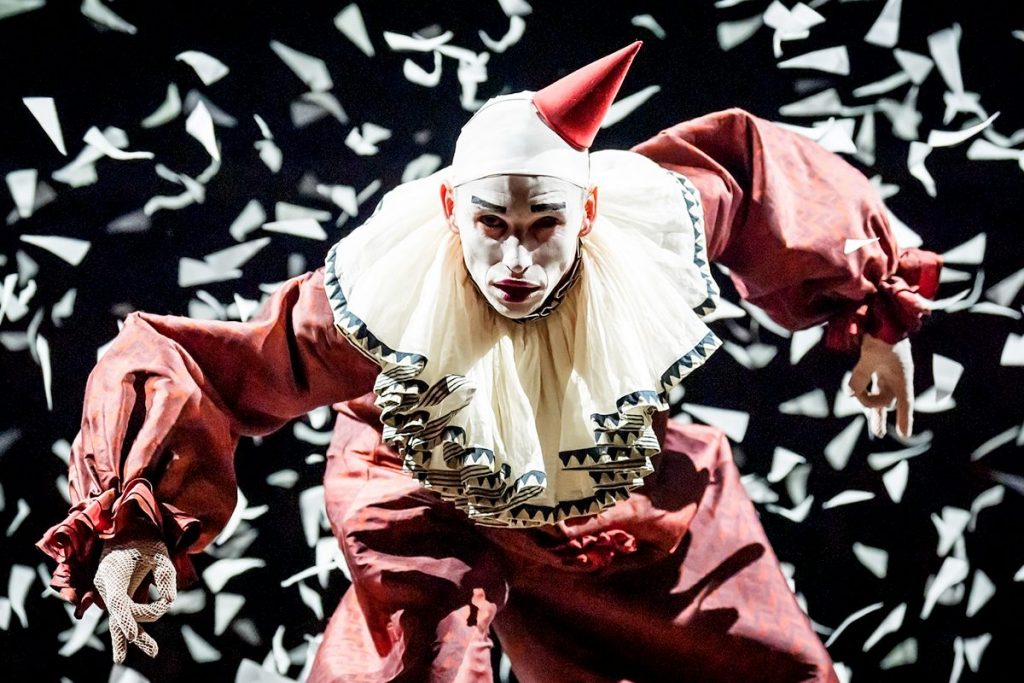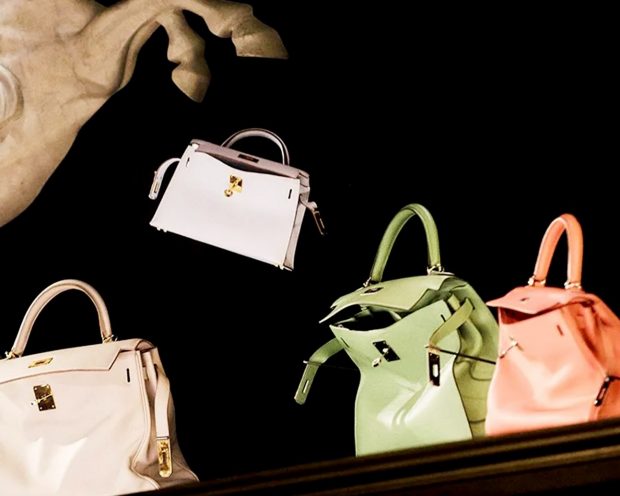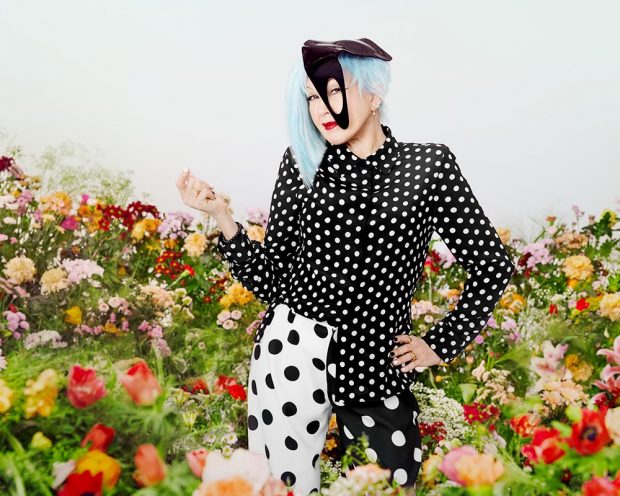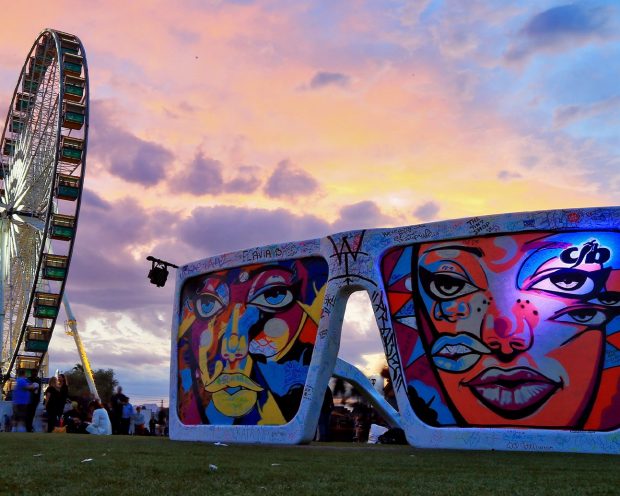Immersive Experiences Take Center Stage on (and Off) Broadway

New York City's theater scene is in the midst of a revolution. And, like any good social disruption, it's because the conditions are ripe for change. Last month, The Broadway League released end-of-season statistics for the 2023-2024 season, which began on May 22, 2023, and ended on May 19, 2024. The report shows that Broadway attendance still hasn’t bounced back post-COVID with last season's 12.3 million attendees mirroring the 2013-2014's 12.2 million. Despite grossing a total of $1.54 billion, the disparity pre- to post-COVID is astonishing — attendance in 2018-2019 peaked at 14.8 million. Not to reawaken any stale “the pandemic changed what audiences expect” discourse, but the pandemic changed what audiences expect — and immersive productions are opening across the city to disrupt the typical theater experience. Immersive theater's cultural significance lies in its ability to draw audiences into the narrative, fostering a deeper connection to the themes and characters. But this concept is nothing new. Drawing from ancient storytelling traditions like Noh Theatre's spiritual engagement and the physical comedy of Commedia Dell'Arte, immersive theater increases hype and production costs, especially within the structural limitations of historic New York City theaters. While expensive to maintain (sometimes too expensive), immersive...


